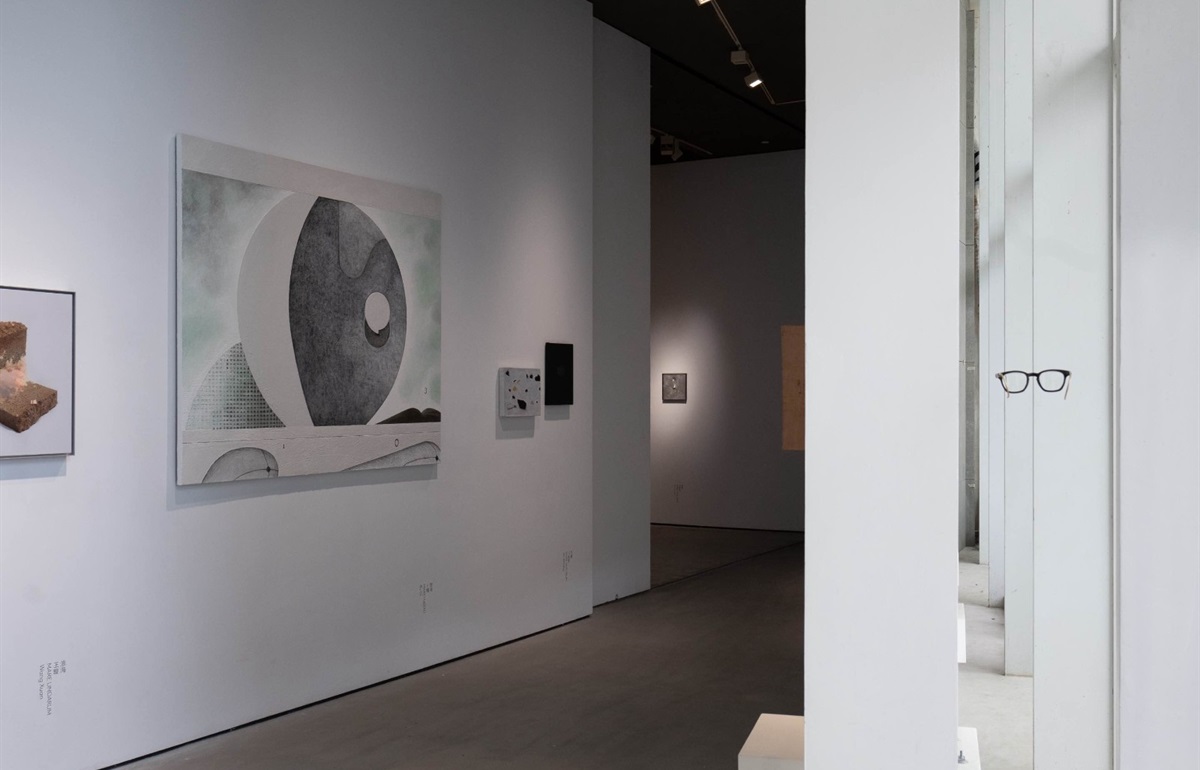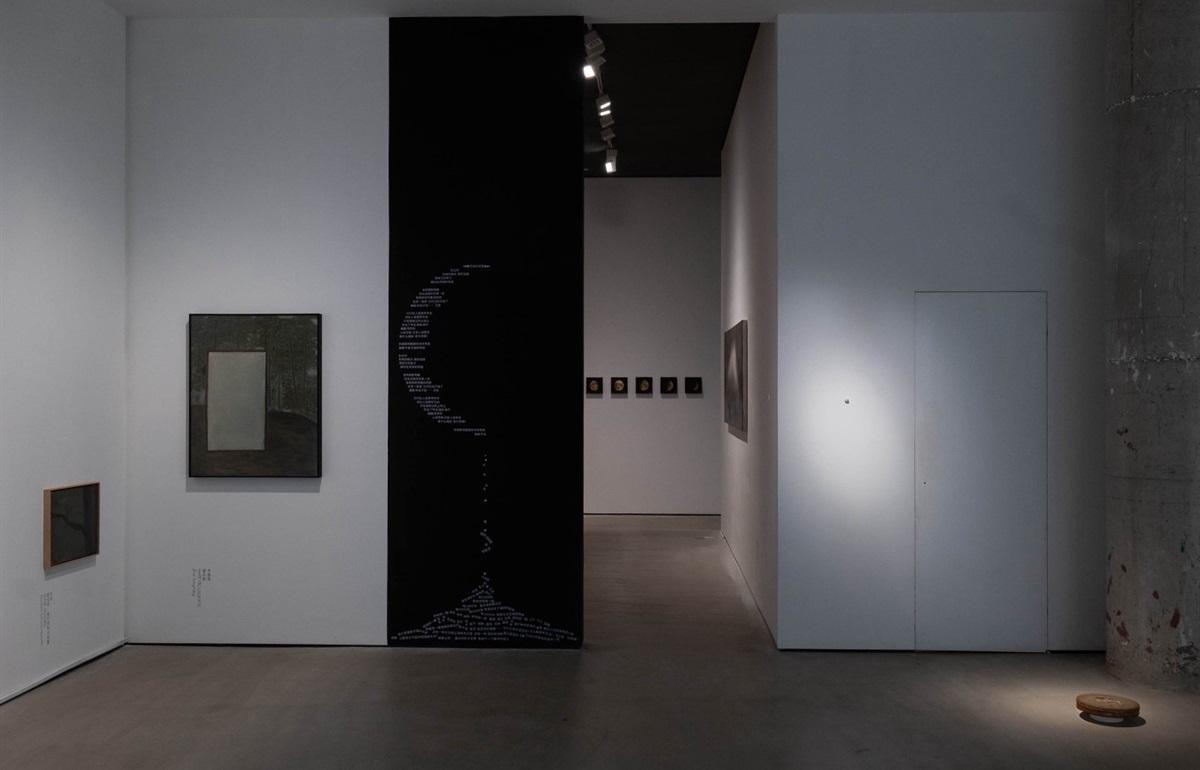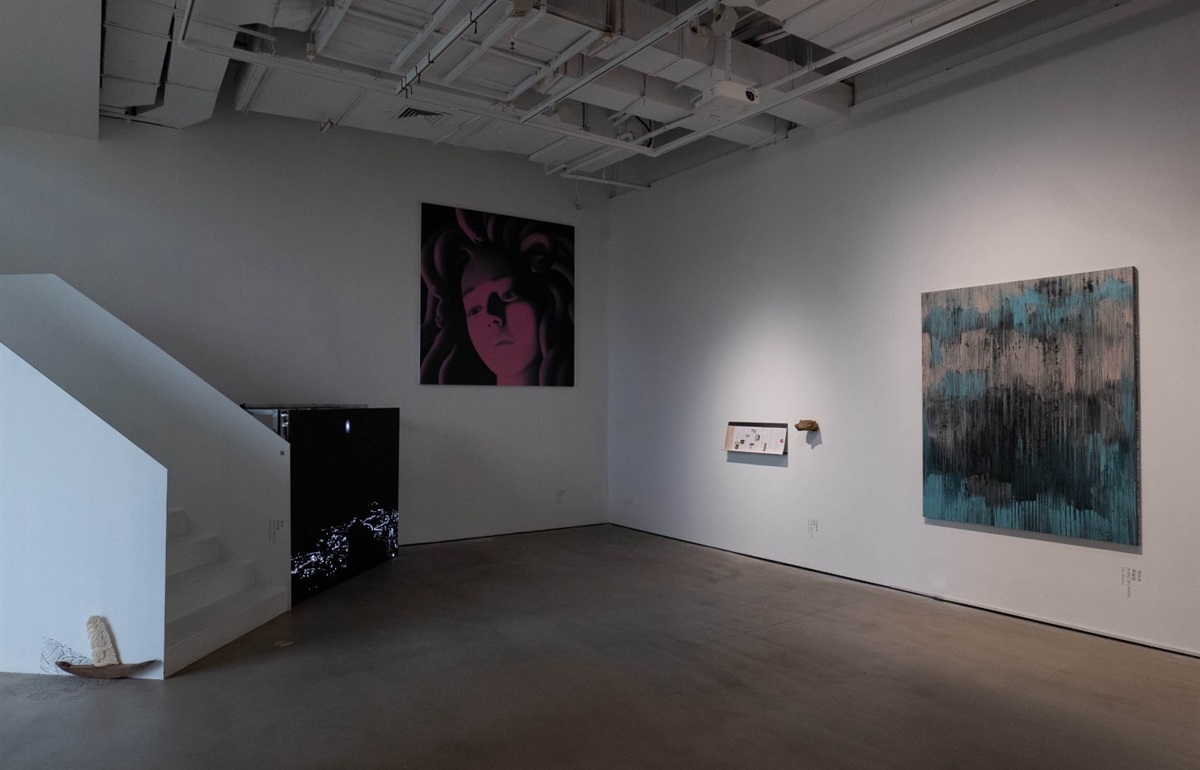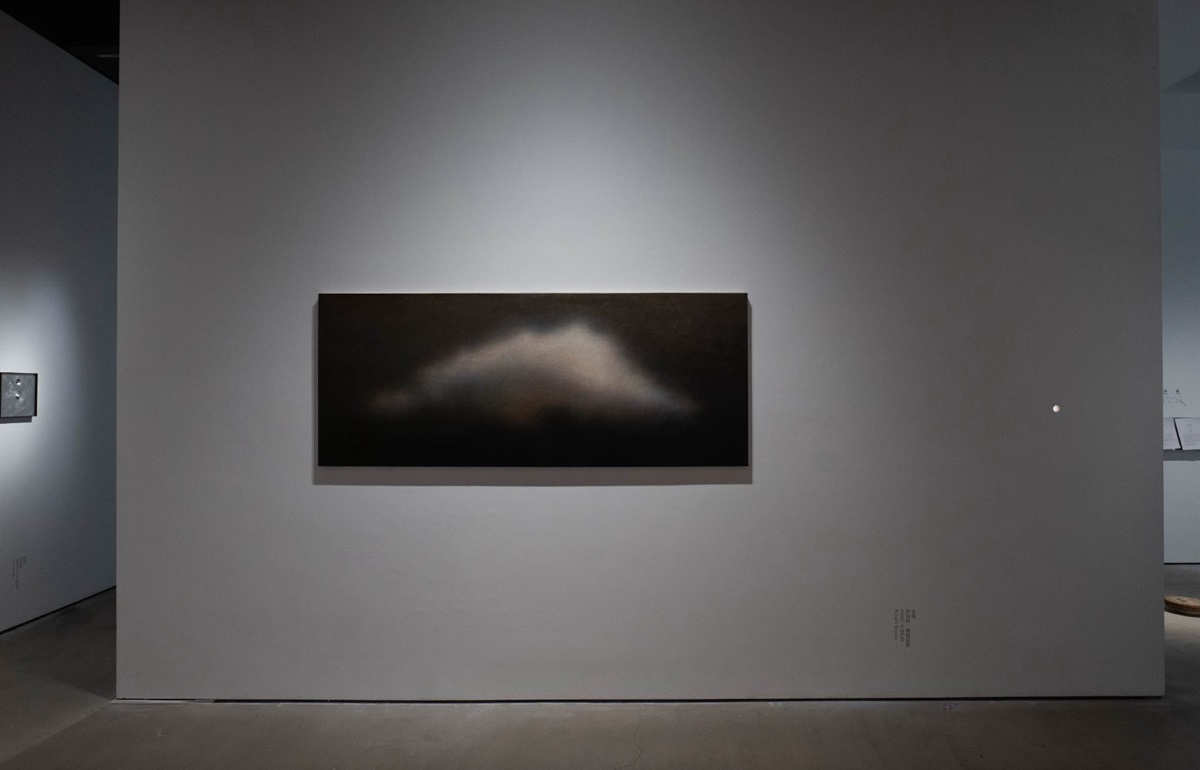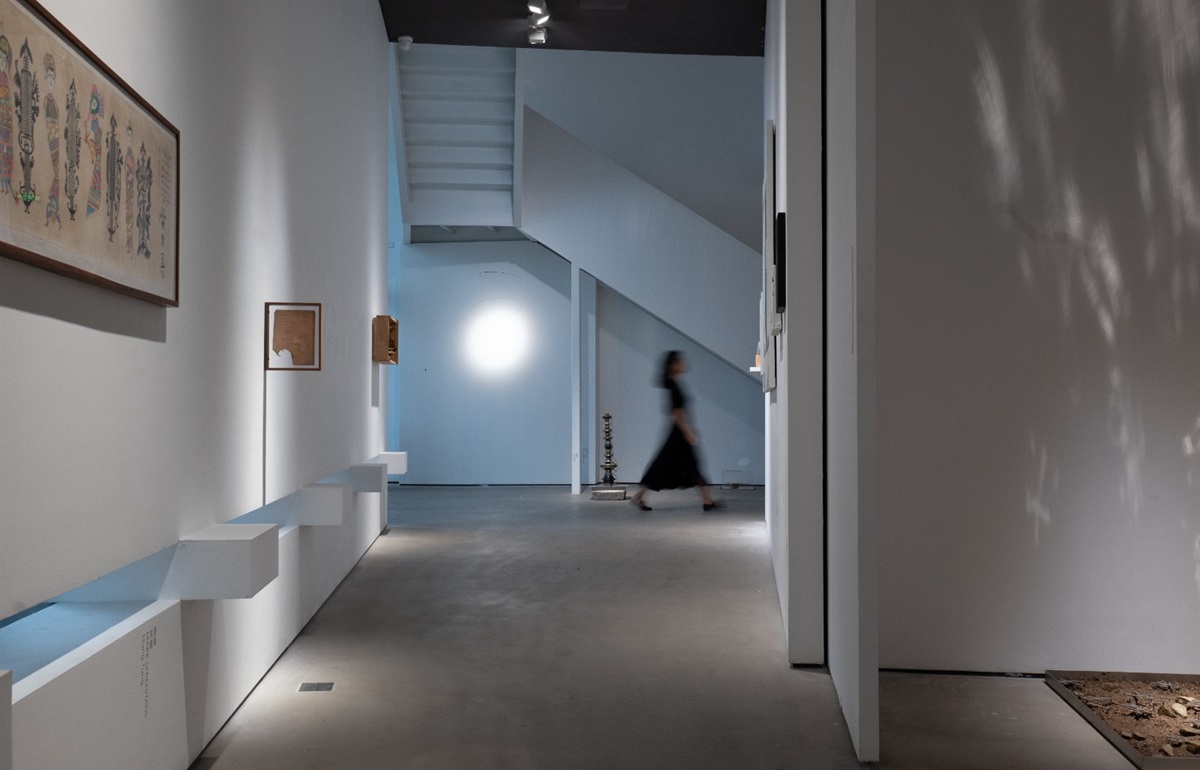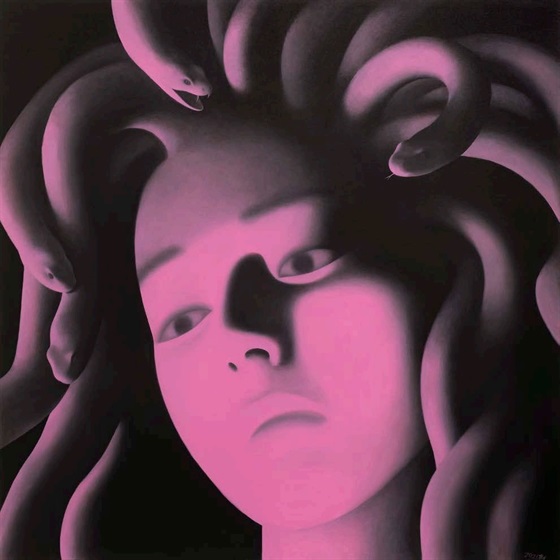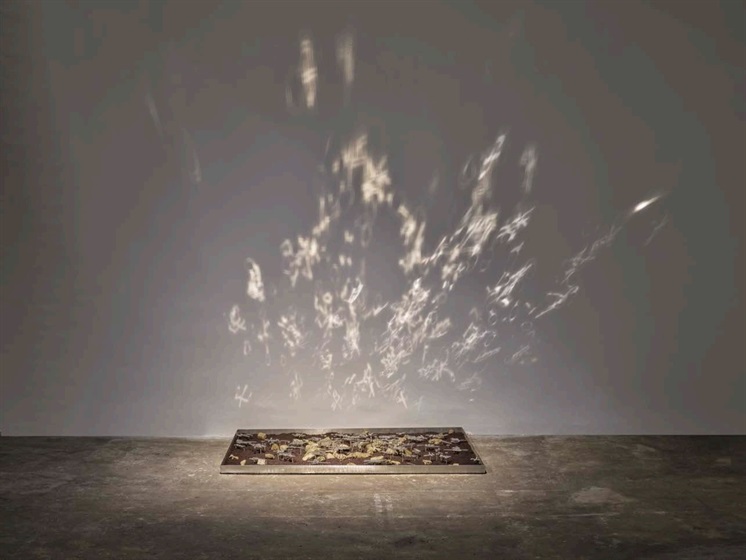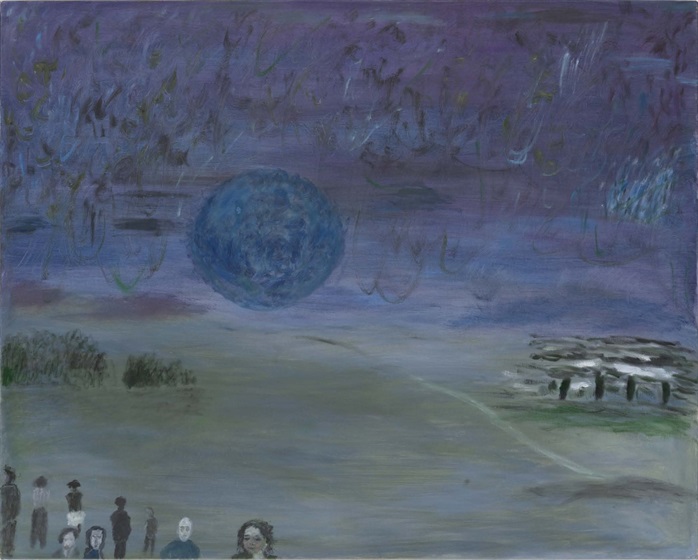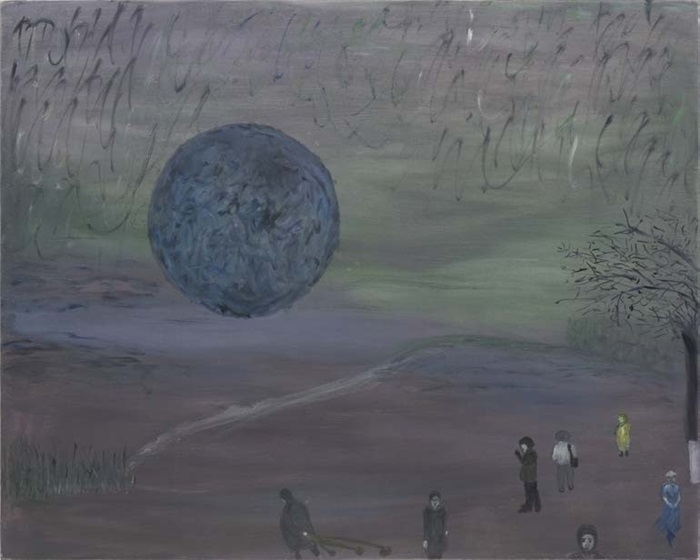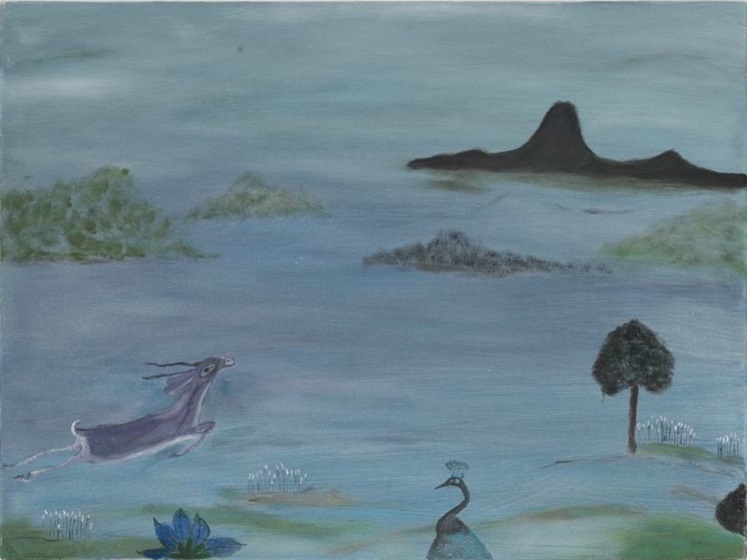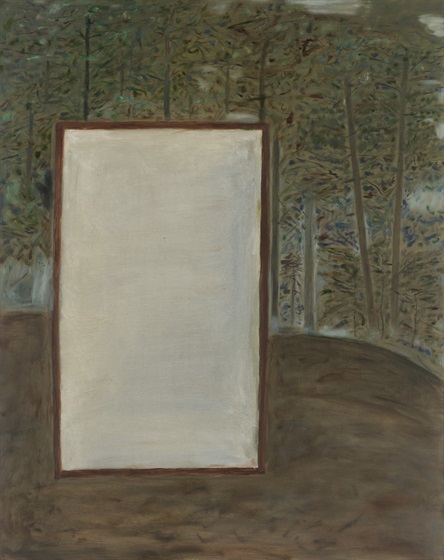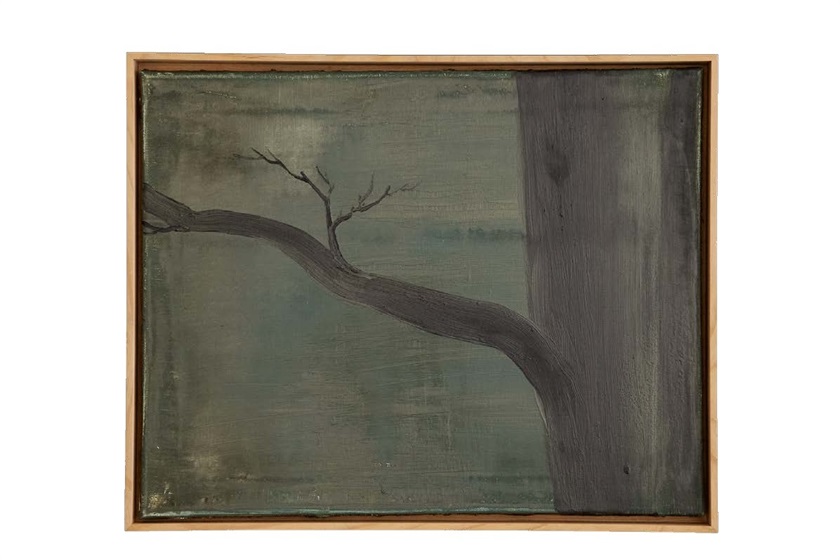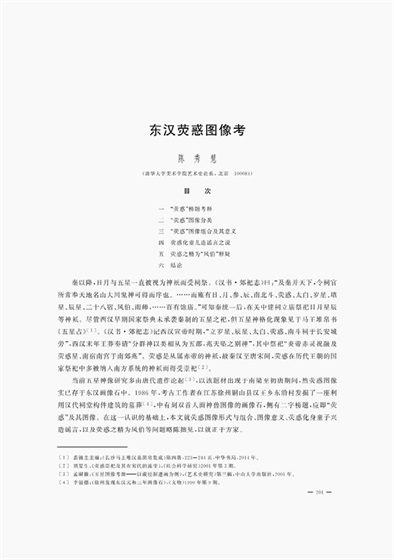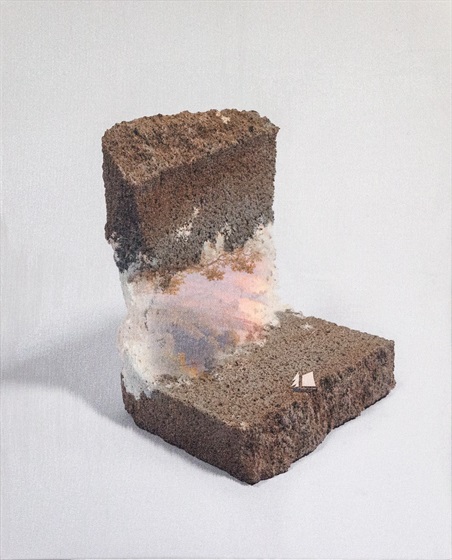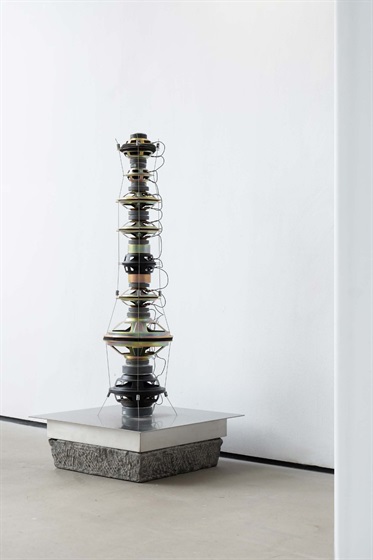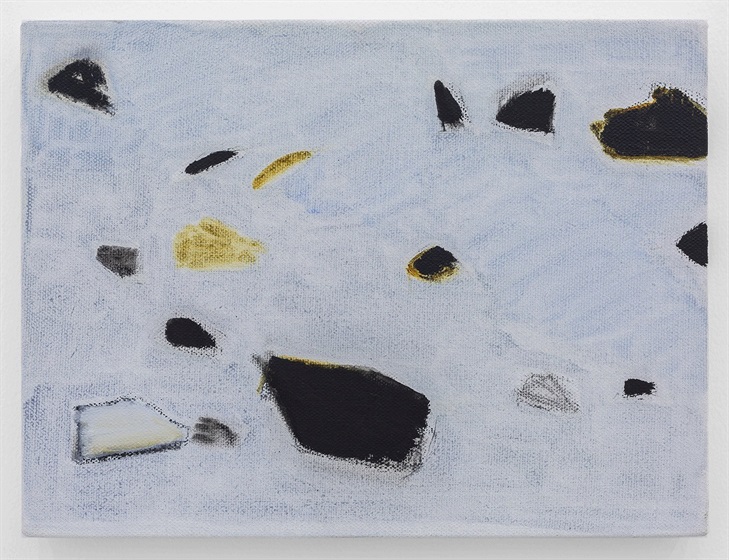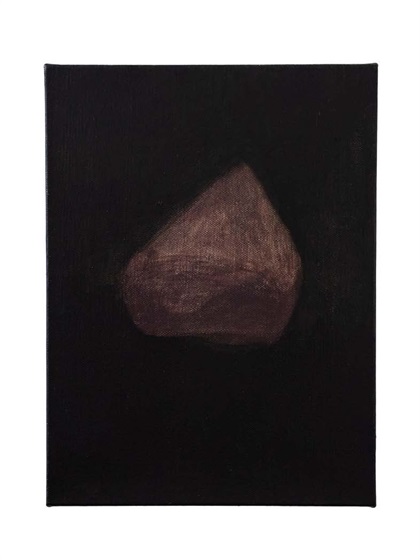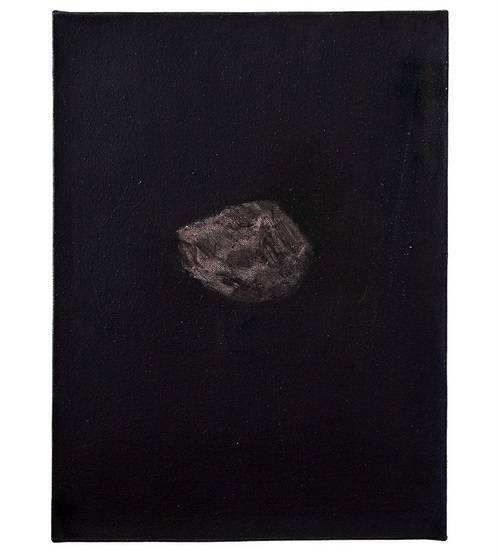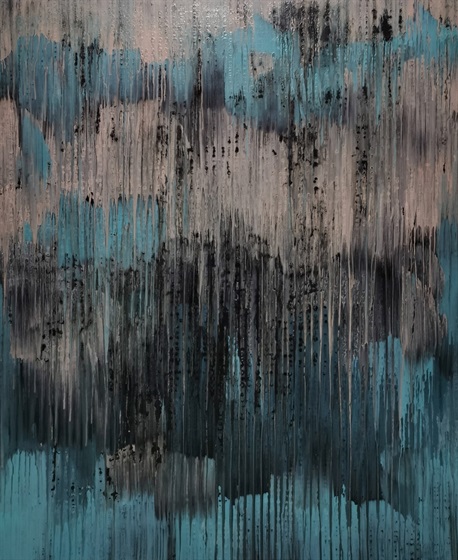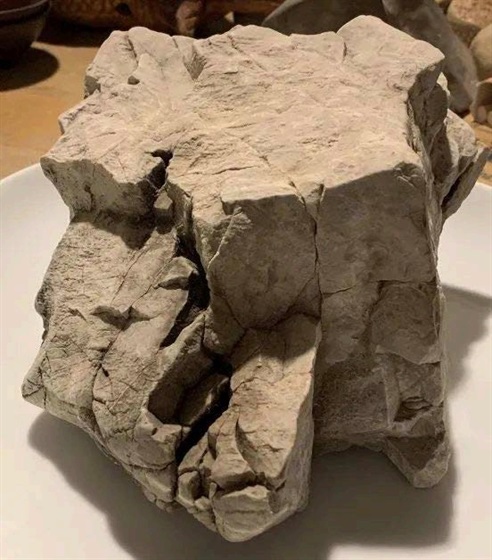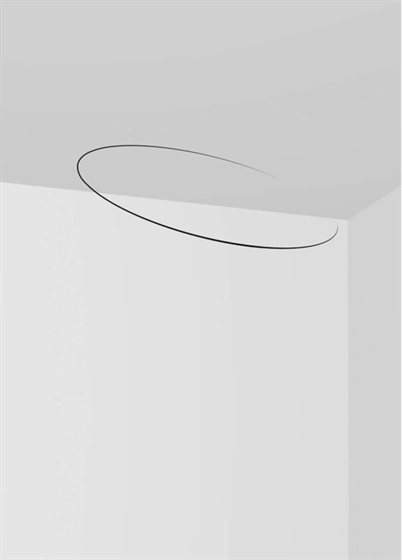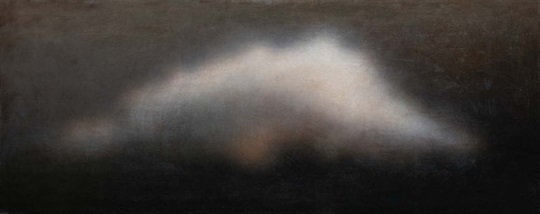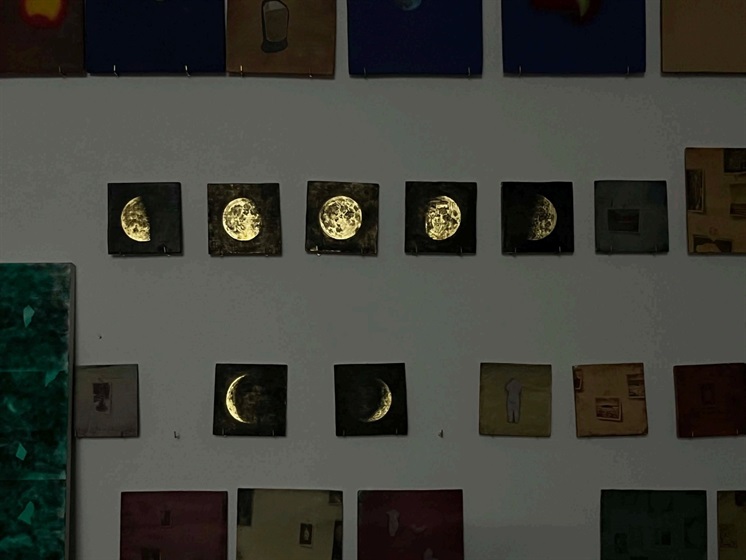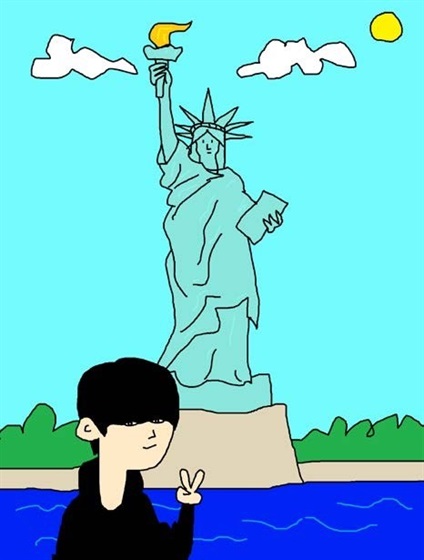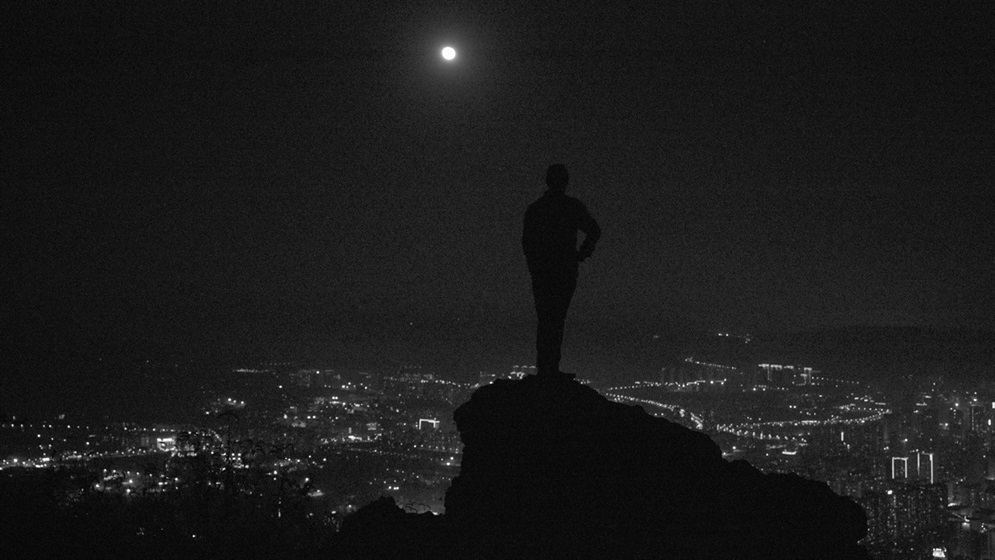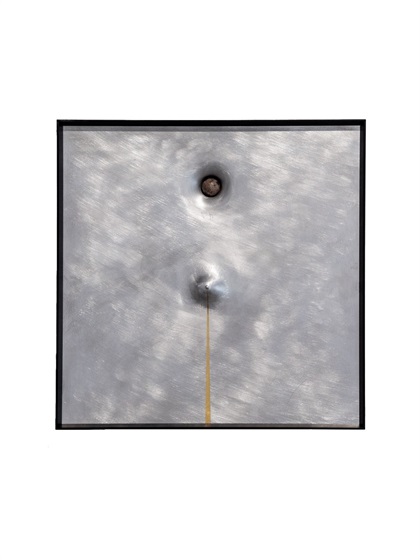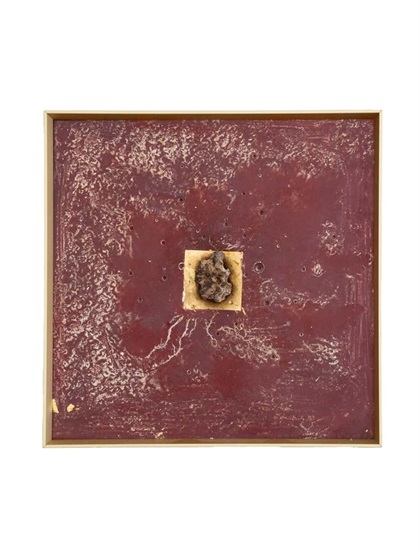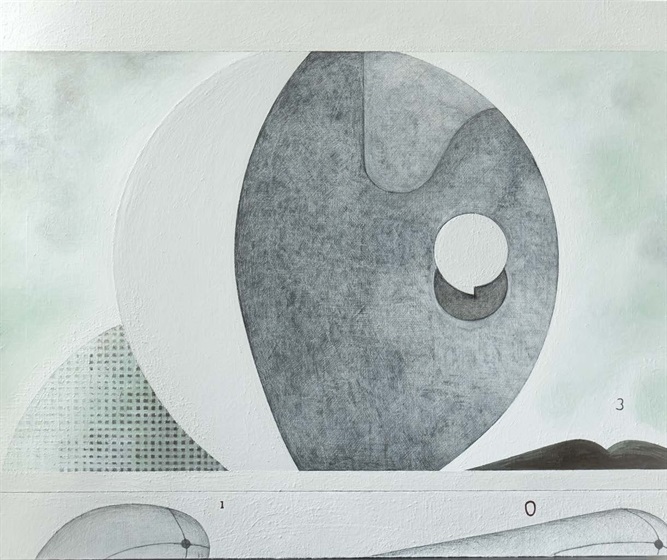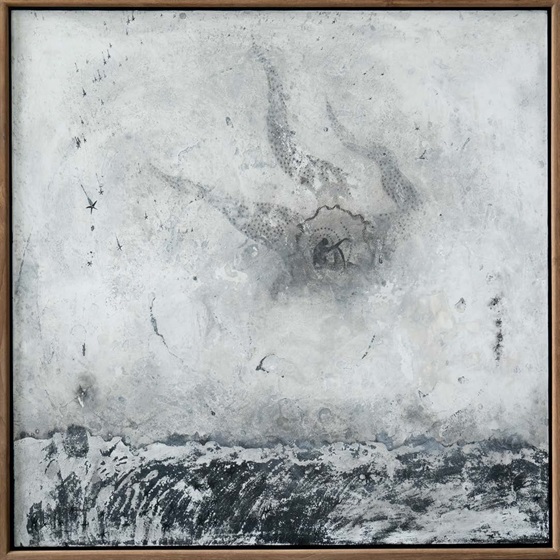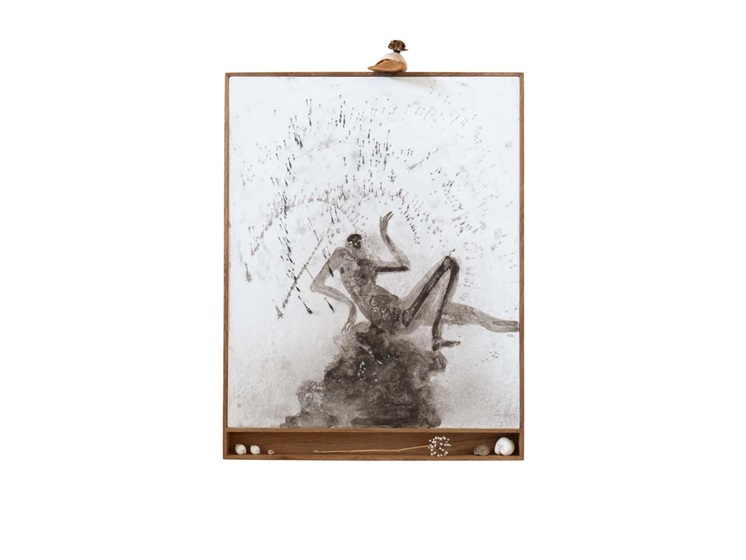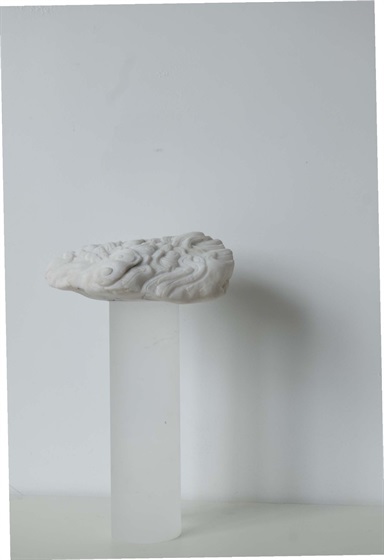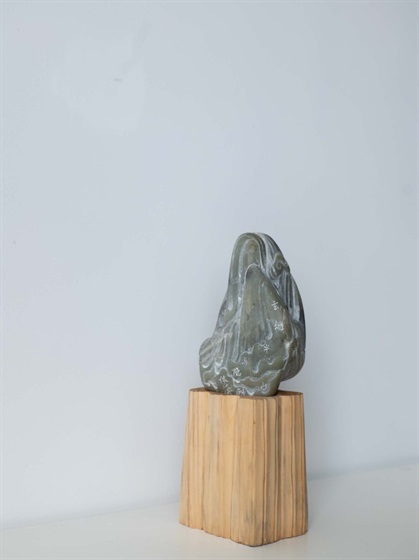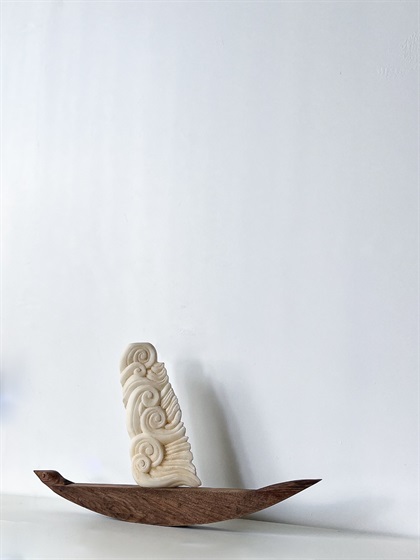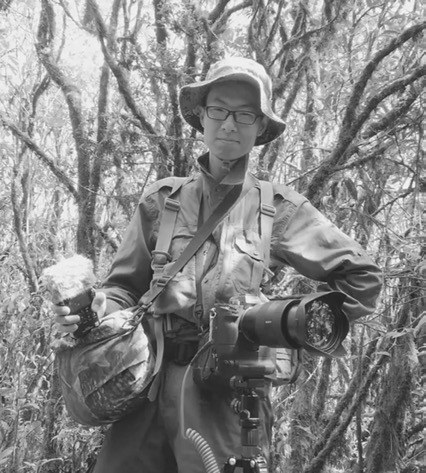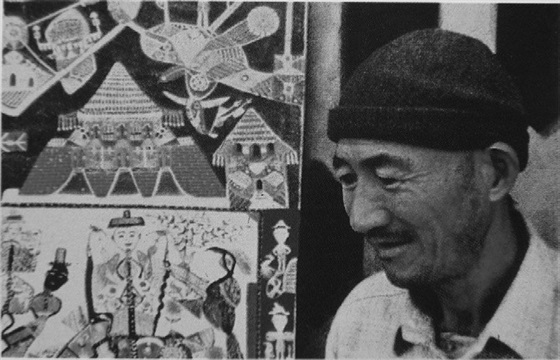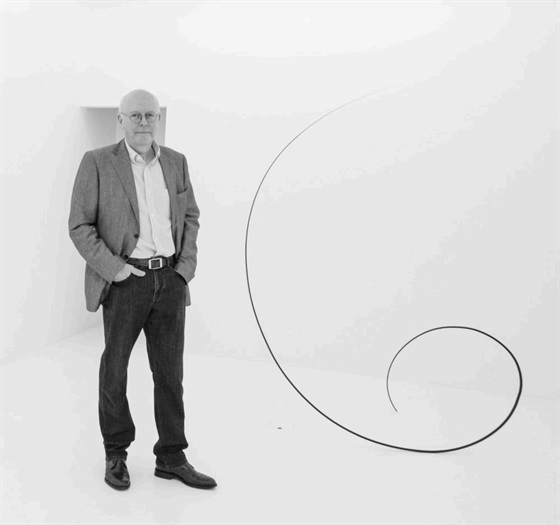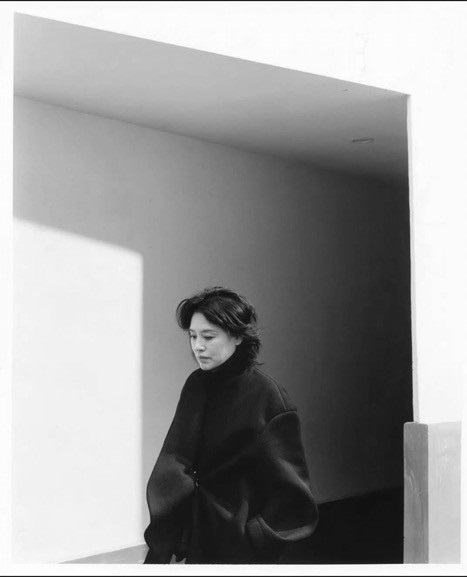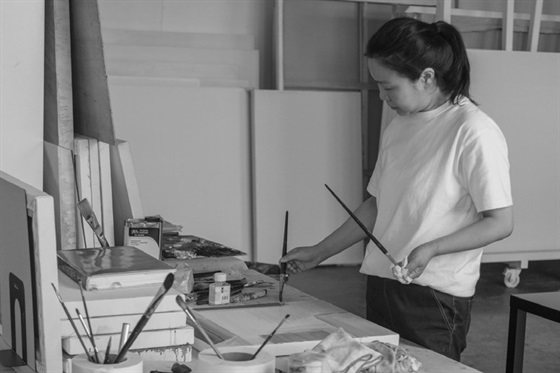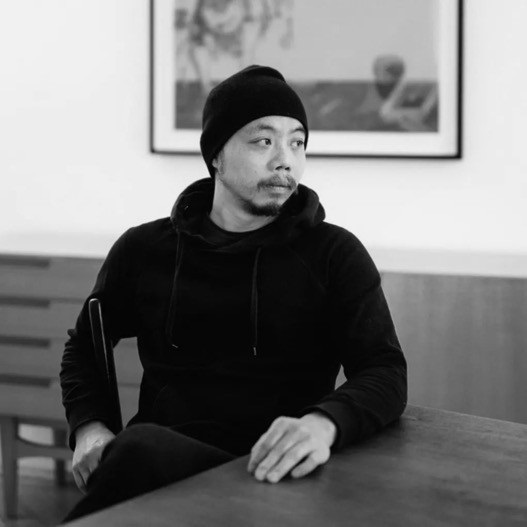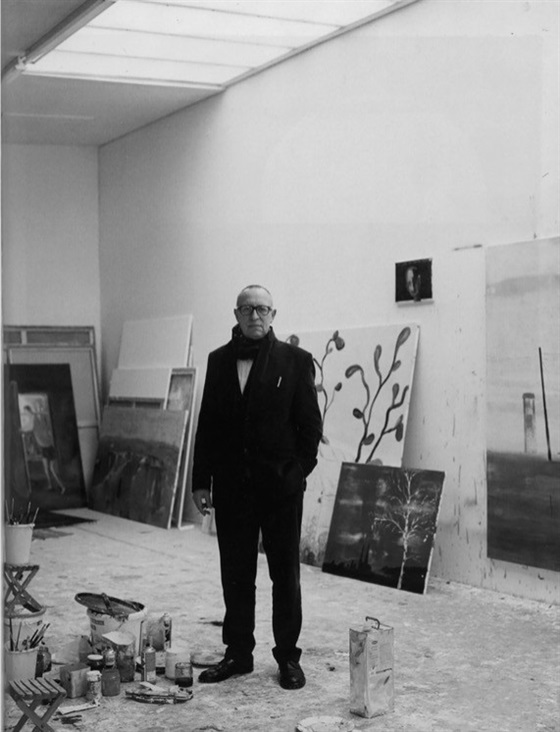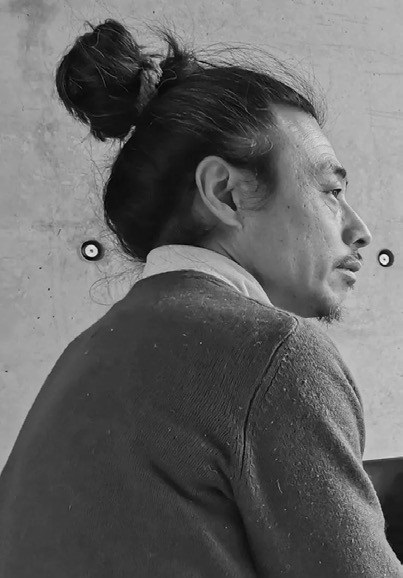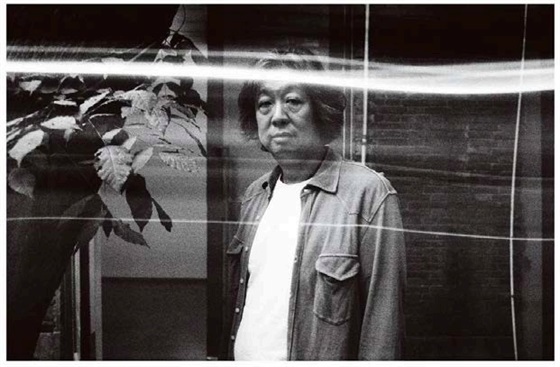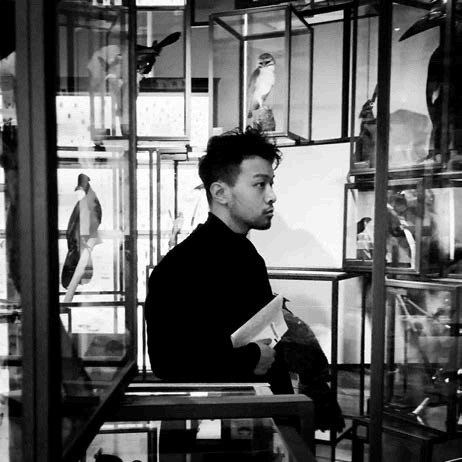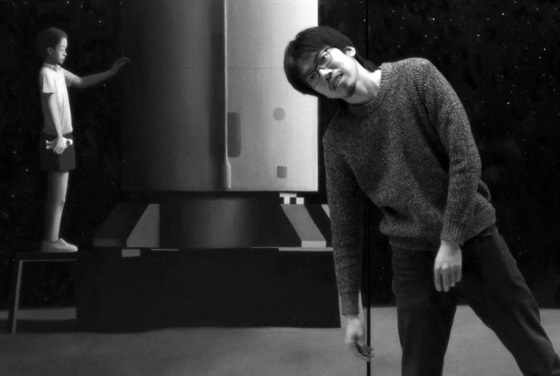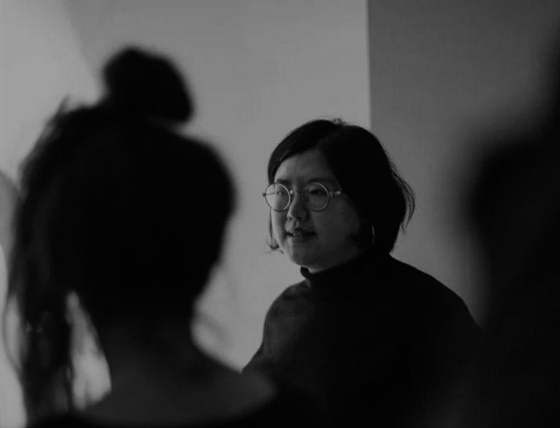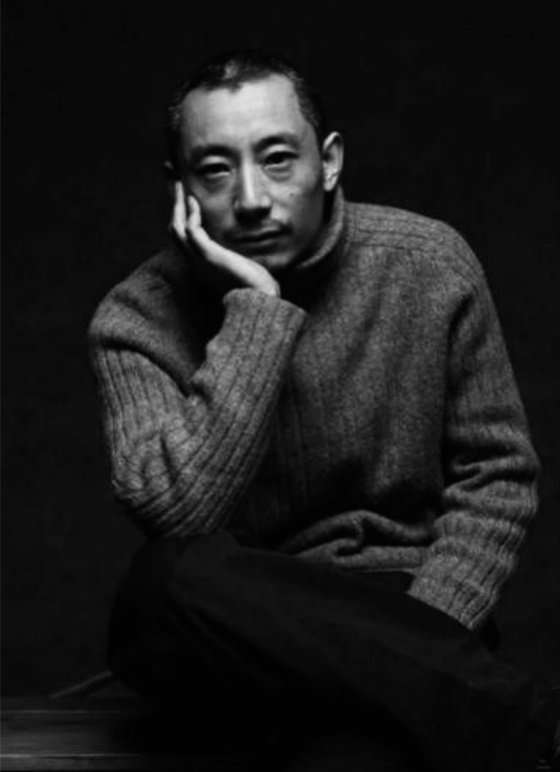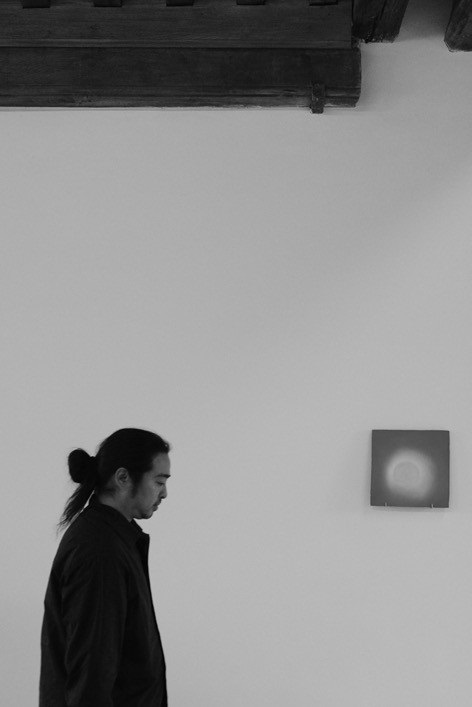W.ONESPACE is pleased to present a new group exhibition project: Lunar Maria. Through a reinterpretation of the Moon, we begin to search for a unique humanistic intersection among past astronomers, contemporary artists, and archaeologists from a broader perspective. Just as the Moon influences the tides of the sea and the behavior of various terrestrial creatures, the personalities, life interests, works, and personal concepts of artists all carry a certain rhythm and periodicity, conveying symbols and metaphors, and even reflections on nature and the universe, to varying degrees. Starting from the naming of the lunar maria, we attempt to romantically re-examine our existing understanding of the Sea and the Moon. This is an experiment inviting 23 artists to observe the Moon and engage in dialogue with us, also a card game for the audience to participate in. In this experimental space, the personified sea and the objectified human jointly explore and rewrite unique observations of the lunar maria from a new perspective.
Project: Lunar Maria
Project Overview: Lunar Maria, contrary to what the name suggests, are not seas on the Moon. They were named "maria" (Latin for "seas") because early observers noticed some regions of the lunar surface appeared darker. At that time, due to limited astronomical equipment, it was impossible to observe the Moon's surface clearly. Observers, based on their knowledge of Earth, speculated that these dark patches were “seas”. Conversely, the brighter areas were called “lunar highlands”. There are a total of 22 major lunar maria and one oceanus on the Moon. When you stand on Earth and look up at the full moon, you can see 20 lunar maria, with the remaining 3 hidden on the far side of the Moon.
Devoid of a single drop of water, along with their hazy and distant unknown regions, lunar maria are filled with people's vivid imaginations about these varying areas. This includes legends such as the tale of 蟾宫折桂 "plucking a branch of osmanthus from the Toad Palace (i.e. the moon)" and the 玉兔捣药 "Jade Rabbit pounding herbs to make a pill.”
Beyond the imagery and stories, "The Book of Rites" states: "Worship the sun in the east, worship the moon in the west." Throughout history, people's reverence for celestial phenomena and their reinterpretation can be found in customs like the moon worship dance. In artistic creation, imagination and the unknown coexist, with personal reflection and expression integrated into various media. The naming of artworks by artists often involves a deliberate or unintended layer of additional creation. Similarly, when viewers encounter an unfamiliar artwork, they tend to interpret or assign meaning subjectively. But what is its true nature? Perhaps we will never truly be able to set foot on it.
Project’s Rules:
1.The organizer will issue cards individually based on the concept of lunar maria members and the artists’ artworks. Each artist will receive one exclusive card.
2.If the invited artist confirms his/her participation, please provide a suitable artwork for discussion after receiving the card (refer to the fourth card for the scope of the lunar maria theme). Considering the number of participating artists and the limited exhibition space, we will select one piece from each artist for the exhibition.
3.We kindly ask artists to carefully read the introduction and characteristics of the lunar maria on their exclusive cards. Please send back a written connection or imagination related to your creation or life to the gallery. This can include, but is not limited to words, sentences, poems, short essays, or long texts writing. The submitted content will be showcased in various formats during the exhibition and published on all official media platforms of W.ONESPACE.
The exhibition will open on July 26 and will continue to update the corresponding works of the 23 lunar maria throughout its duration, along with the artists' reinterpretations of their respective lunar maria.
We also encourage the audience to contemplate and examine this experimental pairing. We hope that the next time they gaze upon the Moon, they will be inspired with a profound understanding and a vivid imagination of its mysterious dark regions.

